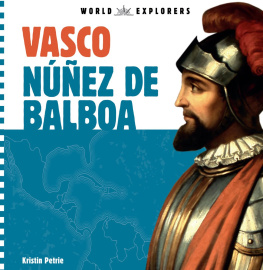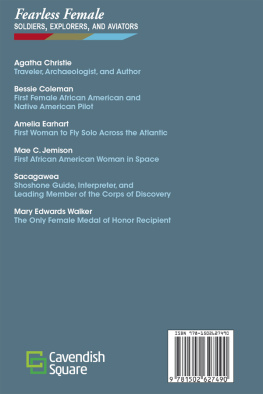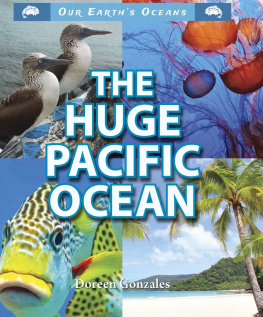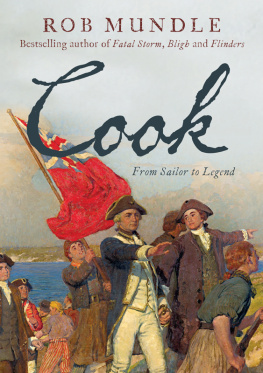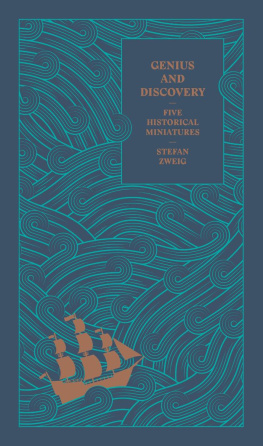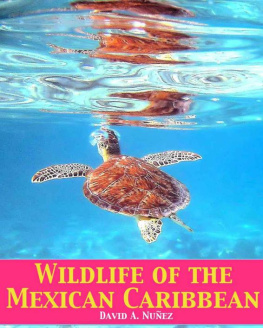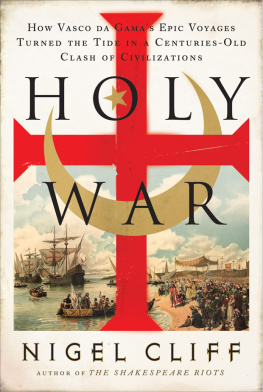Table of Contents
Guide
Page List
WORLD
EXPLORERS
VASCO NEZ
DE BALBOA
Kristin Petrie
Checkerboard
Library
An Imprint of Abdo Publishing
abdobooks.com
ABDOBOOKS.COM
Published by Abdo Publishing, a division of ABDO, PO Box 398166, Minneapolis, Minnesota 55439.
Copyright 2022 by Abdo Consulting Group, Inc. International copyrights reserved in all countries.
No part of this book may be reproduced in any form without written permission from the publisher.
Checkerboard Library is a trademark and logo of Abdo Publishing.
Printed in the United States of America, North Mankato, Minnesota
102021
012022
Design and Production: Tamara JM Peterson, Mighty Media, Inc.
Editor: Liz Salzmann
Cover Photograph: Wikimedia Commons
Interior Photographs: Amable-Paul Coutan/Wikimedia Commons, p. 15; Ayaita/Wikimedia Commons, pp. 16-17; Galina
Savina/Shutterstock Images, p. 27; Irina Kovancova/Shutterstock Images, p. 13; Jazzmany/Shutterstock Images,
pp. 9, 28 (top); Kean Collection/Getty Images, p. 23; Michael Sittow/Wikimedia Commons, pp. 19, 29 (bottom);
MicroOne/Shutterstock Images, pp. 20-21, 21 (inset map); Preto Perola/Shutterstock Images, pp. 10-11, 28
(bottom right); Travel reports/Shutterstock Images, pp. 6-7; Wikimedia Commons, pp. 5, 8, 28 (bottom left); ZU_09/
iStockphoto, pp. 25, 29 (top)
Design Elements: Joseph Moxon/Flickr (map), Oleg Iatsun/Shutterstock Images (compass rose)
Library of Congress Control Number: 2021943039
Publishers Cataloging-in-Publication Data
Names: Petrie, Kristin, author.
Title: Vasco Nez de Balboa / by Kristin Petrie
Description: Minneapolis, Minnesota : Abdo Publishing, 2022 | Series: World explorers | Includes online
resources and index.
Identifiers: ISBN 9781532197291 (lib. bdg.) | ISBN 9781098219420 (ebook)
Subjects: LCSH: Balboa, Vasco Nez de, 1475-1519--Juvenile literature. | Discovery and exploration--
Juvenile literature. | Exploring expeditions--Juvenile literature. | Explorers--Biography--Juvenile
literature.
Classification: DDC 970.01--dc23
CONTENTS
VASCO NEZ
DE BALBOA
In 1513, Spanish explorer Vasco Nez de Balboa became the
first European to see the Pacific Ocean. Balboas journey to the
Pacific was filled with hardship and loss. He faced these things
in the hope of finding adventure. But he was also consumed
with greed.
Many Europeans crossed the Atlantic Ocean in search of fame
and wealth. They often accomplished their goals by overthrowing
Native American peoples. Then, they claimed the lands and
resources for their own countries. Balboa followed the examples
set by his fellow explorers. Throughout the centuries, exploration by
Balboa and others has increased our knowledge of the world.
Vasco Nez de Balboa
GROWING UP
Vasco Nez de Balboa was born around 1475
in Jerez de los Caballeros, Spain. This town was in
the Badajoz province on Spains southwest coast,
near the border of Portugal. Little is known about
Vascos family. Nothing is known about his mother.
His father was a poor nobleman.
At that time, a boy of noble birth usually left
his home to begin training as a knight. So, Vasco
was sent to Moguer, Spain. There, Vasco served
as a page to the Lord of Moguer. In exchange for
his work, Vasco learned to hunt, play music, and
dance. He also received military training.
During Vascos time in Moguer, important events
took place in Europe. Ships were improved so they
could sail longer and farther. Explorers searched
for unknown lands and new sea routes to the
Indies, or southeast Asia. This is where valuable
trading took place.
Moguer is located near
the west coast of Spain.
EARLY TRAVELS
One explorer made big news. Christopher Columbus claimed to
have found a western sea route to Asia in 1492. In reality, he had
sailed to islands in the Caribbean Sea.
Still, Europeans realized Columbus had
found a new treasure, the Americas.
After following Columbuss route,
other explorers returned to Moguer.
They shared exciting stories about
the New World. In 1500, Balboa got
his chance to sail to the New World.
A wealthy man named Rodrigo de
Bastidas planned an expedition to
cross the Atlantic Ocean.
Christopher Columbus
Balboa eagerly boarded one of
Bastidass ships. Balboa was 25 years
WOULD YOU?
old. When the ships left Spain, it was
Would you find it hard to
leave behind your home and
the last time Balboa saw his homeland .
everything familiar? Do you
think Balboa was able to
take anything with him?
There is a statue
of Rodrigo de
Bastidas in Santa
Marta, Colombia.
THE NEW
WORLD
Bastidass ships crossed the Atlantic Ocean.
After reaching South America, most fleets sailed
down the east coast. But Bastidas decided to
follow the north coast.
The small expedition explored the coast of
present-day Colombia. The ships continued west.
They reached the Gulf of Urab, near the Isthmus
of Panama. Balboa noted a Native American
settlement on Panamas mainland. The people
there were friendly. But Bastidass expedition
had too few men to establish a settlement. So, in
1502, they sailed on to the island of Hispaniola.
Hispaniola was the site of Columbuss first
Spanish settlement. Balboa was happy there.
He was not ready to return to Spain. He wanted
more adventure.
Today, Hispaniola is divided
between two countries.
These are the Dominican
Republic and Haiti.
FARMER
For seven years, Balboa tried to make a living on Hispaniola as
a farmer. But farming did not bring him the wealth and glory he
wanted. In fact, he went deeply into debt .
In 1509, an expedition was planned to start a Spanish colony
on South Americas mainland. Soldiers and sailors lined up to be
included. Balboa also applied. However, Balboa was not allowed
to join because of his debts. So, the expedition left without him.
It established the San Sebastian colony on the coast of the Gulf
of Urab.
The next year, Martn Fernndez de Enciso planned an
expedition to take supplies and settlers to the new colony. This
time, Balboa was determined to go. He wanted adventure and to
escape his creditors . So, he hid in a large barrel aboard one of the
ships. Soon, Balboa was on his way to San Sebastian!
Balboa may not have been the only
stowaway. Some say that he hid his
dog, Leoncico, in the barrel too!
SOUTH AMERICA
With Balboa hiding on board, Encisos expedition reached
San Sebastian. To the crews surprise, many of the original
colonists had fled the area. The remaining Spaniards were

